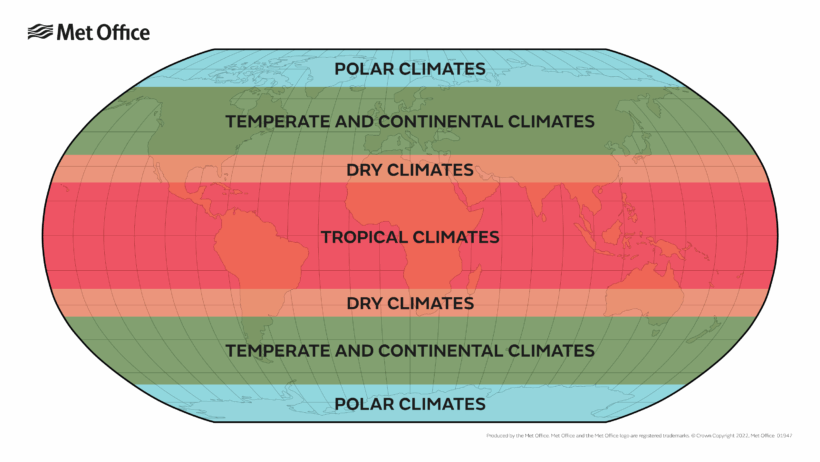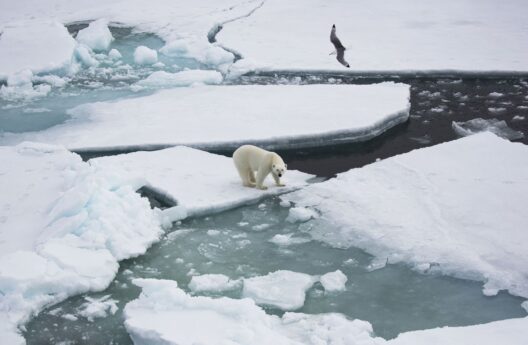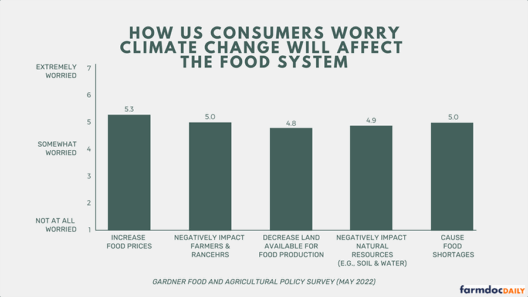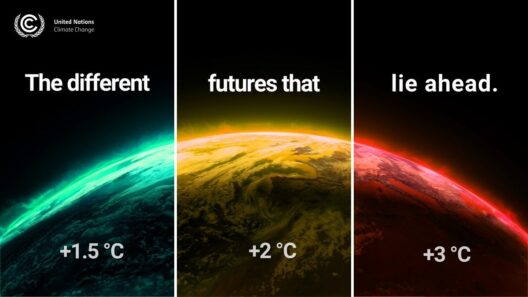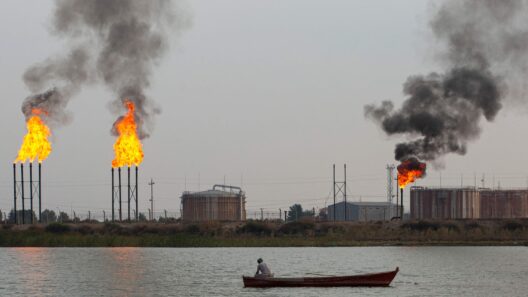When we gaze upon the earth’s vast expanse, we often perceive a vibrant tapestry woven from myriad threads of life and weather. This intricate fabric, encompassing sprawling deserts, lush rainforests, and frozen tundras, is organized into distinct climate regions, each offering a unique narrative of its temperature, precipitation, and seasonal rhythms. These regions, or climate zones, are akin to chapters in a grand, ongoing saga that narrates the story of our planet’s varying atmospheres and ecosystems.
Climate regions, by their very nature, are a reflection of geographical diversity. They exist because of an amalgamation of factors, including latitude, topography, and ocean currents. Just as an artist selects an assortment of colors to create a masterpiece, the Earth blends these factors to establish a spectrum of climates. Understanding climate regions requires a multifaceted approach, delving into the conditions shaping them and the consequences they impose on both the environment and human civilization.
One of the foundational aspects of climate science is the distinction between various climate zones. Generally, these zones are classified into broad categories: tropical, arid, temperate, cold, and polar climates. However, this classification is not merely academic; it lays the groundwork for understanding how ecosystems function and how humans have adapted over millennia.
The tropical climate zone, for instance, is often viewed as a paradise bursting with biodiversity. With its consistent warm temperatures and ample rainfall, it serves as a crucible where an astonishing array of flora and fauna thrive. Tropical regions, epitomized by the Amazon rainforest and the African savannah, are replete with life that relies upon the regularity of their moist, sun-drenched environments. Like a vibrant orchestra, the elements within these climates harmonize to create lush ecosystems. Yet, this delicate balance is under siege, as deforestation and climate change threaten to disrupt the symphony.
Moving outward, we encounter arid climates—vast stretches of land that echo with isolation. Deserts, characterized by low precipitation and extreme temperature fluctuations, represent an austere side of our planet. Desert climates cover approximately one-third of the Earth’s land surface and stand as the epitome of resilience. Plants and animals that inhabit these environments, such as cacti and camels, exhibit remarkable adaptations, allowing them to survive where water is as rare as a gem. In these regions, the sun reigns supreme, illuminating a stark beauty that belies the harshness of existence.
Next, we traverse into the temperate climate zone, where moderate temperatures and seasonal changes contribute to a dynamic environment. This zone is where many human civilizations have flourished, benefiting from a diverse range of agricultural opportunities. The four seasons—spring, summer, autumn, and winter—offer a cyclical rhythm that spells out a tale of renewal and decay, much like the lifecycle of a tree shedding its leaves only to bloom anew. These climates often showcase a rich palette of colors and textures as flora adapts to the changing seasons, creating a picturesque landscape vibrant with life.
As we ascend further into higher latitudes, we encounter cold climates, often defined by their severe winters and mild summers. These regions, laden with snow and ice, evoke a sense of solitude and stark beauty, reminiscent of a frosted canvas waiting to be unveiled. Despite their seemingly inhospitable nature, cold climate regions support unique ecosystems, including those found in the tundra, where life defies the elements through adaptation and resilience. Here, permafrost maintains a critical role, storing carbon and influencing global temperatures, yet this equilibrium is increasingly jeopardized by climatic shifts.
Finally, we reach the polar climate zones, characterized by their extreme cold and perpetual ice coverage. The polar regions, including the Arctic and Antarctic, function as vital components in Earth’s climate system. These icy domains, while seemingly lifeless at first glance, hold an intricate network of life—from resilient polar bears roaming the Arctic ice floes to microscopic organisms thriving beneath the dense ice sheets. These areas are not merely frozen wastelands; they play a crucial role in regulating the planet’s temperature and are a bellwether for climate change. The rapid melting of polar ice caps serves as a stark reminder of the pressing realities of climate change and its potential catastrophic effects on global sea levels.
In understanding climate regions, we must also acknowledge the interconnectedness of these zones. The movement of air masses, ocean currents, and atmospheric pressure collectively weave a complex web that transcends geographical boundaries. Like a delicate dance, these elements affect one another, causing climatic patterns to shape, alter, and sometimes create anomalies within climate zones. The El Niño and La Niña phenomena, for instance, are manifestations of this dance, influencing weather patterns across the globe and impacting agricultural yields, water supply, and natural disasters.
To comprehend the implications of climate regions on humanity is to recognize their interconnectedness with our daily lives. Urban development, agricultural practices, and environmental policies must take into account regional climate variations to ensure sustainable practices. Climate change—accelerated by industrialization and urban sprawl—poses significant risks to these delicate ecosystems. As weather patterns shift and extreme weather events become increasingly common, the need for awareness and action becomes imperative.
Thus, a climate region is not merely a geographical classification; it is a complex interplay of natural forces, a narrative of survival, and a reflection of humanity’s relationship with the environment. Each zone beckons us to explore its unique phenomena, to appreciate its state, and to consider our stewardship of the Earth. As we monitor and adapt to changes within these climates, let us commit to protecting this intricate tapestry of life that so profoundly affects our planet’s future.



